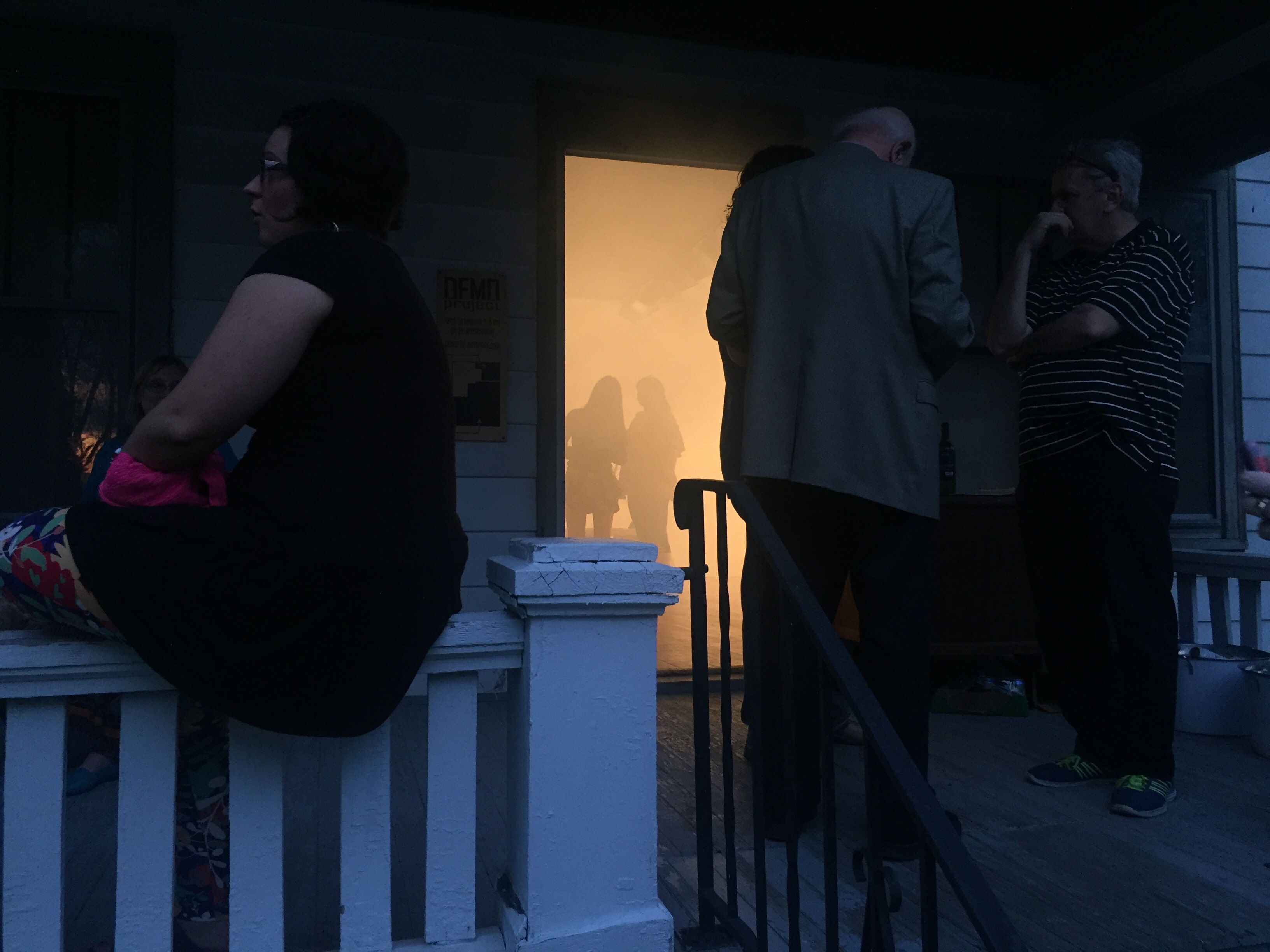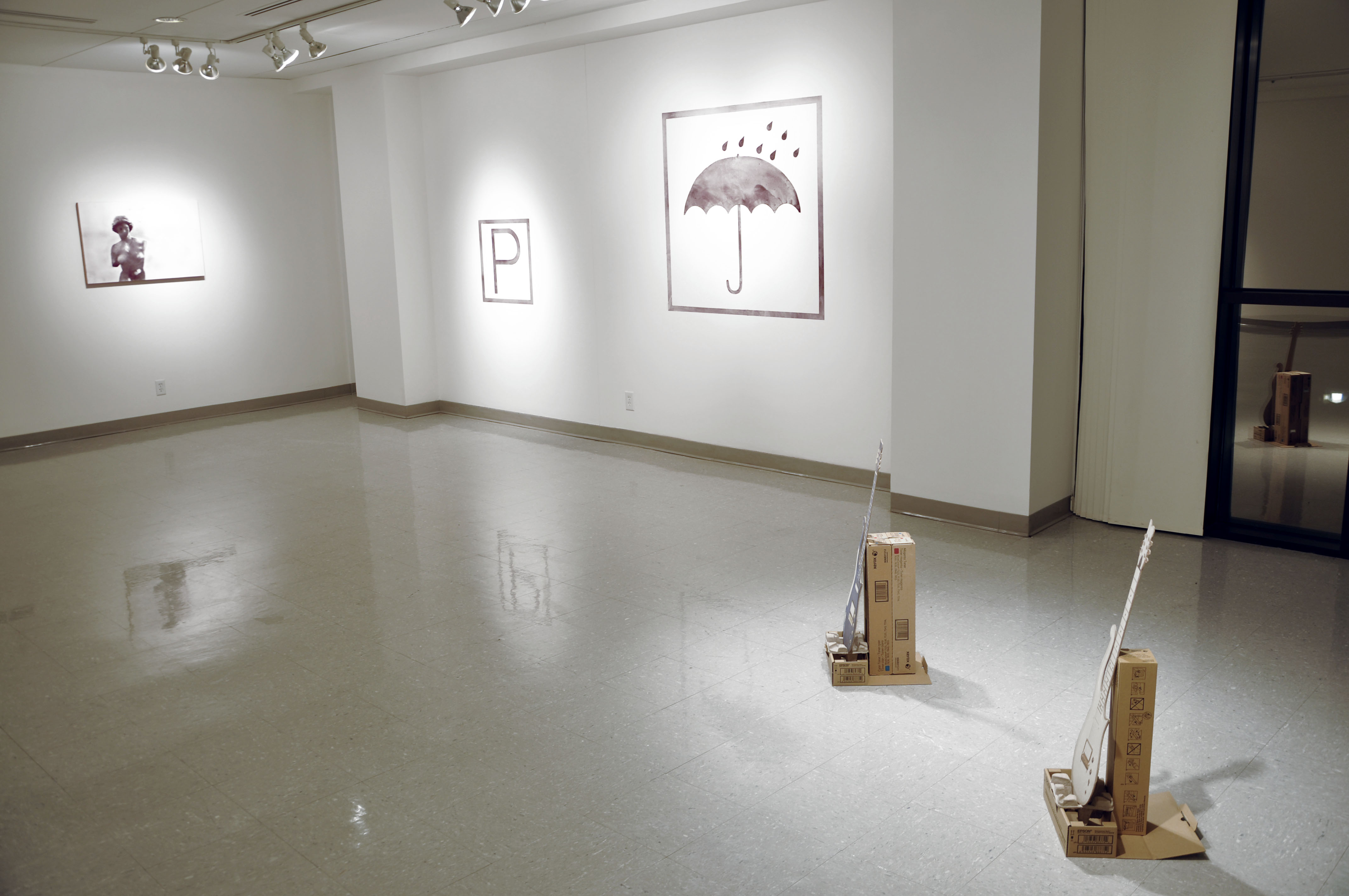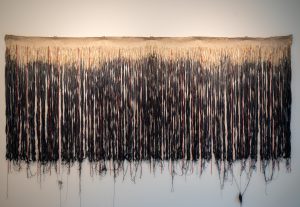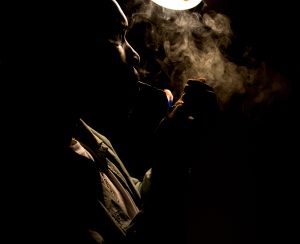Allison Lacher and Jeff Robinson work collaboratively as artist-curators and organizers in Springfield, Illinois. For over seven years, they have developed contemporary arts programming at the University of Illinois Springfield Visual Arts Gallery, DEMO Project, and the Terrain Biennial at Enos Park. Lacher and Robinson reached out to seven creative and cultural purveyors whom they have worked with over their tenure in the capital city to reflect on their experience there — that is to say, “here.” The resulting texts together form “You are Here,” a new venture from the collaborative duo in partnership with Sixty Regional and made possible with support from Illinois Humanities. As is typical of their curatorial approach, Lacher and Robinson have extended freedom and latitude to each contributor, resulting in texts that take a variety of forms and offer wide-ranging glimpses into what it is like to work here in the flyover region of the United States, in the perceived rural Midwest, in Central Illinois, and, at the heart, here in Springfield.
In Accord
by Lyndon Barrois Jr.
For me, like many television audiences, the name Springfield brings to mind “The Simpsons” since they live in an ambiguously stateless city of the same name. Whether the Springfield in “The Simpsons” is referring to an actual place or any generic town, it doesn’t take long to wonder where the characters are supposed to be relative to our reality. The qualities of their world were intentionally and comically vague, and the curiosity of its reference was firmly planted. This was much more difficult to inquire about before the internet.

As I got older and moved around a bit more, I was struck by how many Springfields there are in the country; it seemed as though there was one in each state. I learned of the Springfield in Massachusetts from my college roommate who grew up near it and years later, I was living in St. Louis which had two of them within two hours if it – in opposite directions. Though, before moving to Missouri I learned the answer to the mystery of the Simpson’s residence while living in Portland. Walking through the northwest side of the city, the street names become oddly familiar; Flanders, Lovejoy, Quimby, as if they were named after characters in the animated series. Or were the characters named after the streets? This is how popular culture works on us, it fuses fiction with reality, and personal chronology dictates which takes priority. When you read that the shows creator, Matt Groening, is from Portland—and I am talking about the one in Oregon, not its doppelgänger in Maine—you can then suspect which Springfield is the right one. A map reveals further evidence, showing that Springfield, Oregon is across the river from Eugene, a town characterized by its utopic-minded hippy reputation. It becomes clear what town the fictional rival of Shelbyville is meant to parody.

There are around 33 states that have a Springfield in them and even more with a Greenville, Washington, Franklin, or Riverside. As a kid I would visit a cousin that lived in Riverside, California, and the name has maintained a personal resonance whenever I hear it regardless of which state it resides in. The prevalence of cities with the same name means that many of us are likely to encounter one – just like cities across the country have within them a Main Street, or a Canal Street, or MLK Boulevard. And if we are all encountering these similarly named cities and streets, we develop our own familiarity, or even a comfort in them. Living in St. Louis, I was often confusing the Springfield in Illinois for the one in Missouri, which was actually farther away.
I would eventually form a relationship to the Illinois iteration and my first time there was to install a show inspired by Prince, a Midwesterner from Minneapolis. He passed away that summer, not long after I was offered the exhibition. I was compelled to reflect on his work through my own filter, and the University of Illinois Springfield was a welcoming host. It seemed appropriate to present a project inspired by an artist who emerged from a city off the radar, in a city off the radar. I now think of Prince developing in relative obscurity, learning all the instruments, singing all the parts because who would do it for him? He arrived at a sound characteristic of his time and place, eventually allowing them to bleed into other methods of production. Minnesota also has a Springfield.

The next Springfield occasion was for a collaborative project entitled “Nobody’s Home” with Cole Lu, Catalina Ouyang, and Addoley Dzegede at DEMO Project in 2017. DEMO was in an old house due to be demolished and we thought it apt for the house itself to be claimed as an object to house other art objects on view. The most dominant work in the space was a cloud of steam, as if a roaring sauna had been left on by mistake.
The exhibition’s title “Nobody’s Home” doubly referred to absence, as well as a lack of possession. A home in which no one lives belongs to nobody, or everybody, perhaps at the same time. For many of us studying, living, and exhibiting in the Midwest, at times this feeling emerges that you are having shows that no one will see. You fear that they become exhibitions made for documentation and friends, that any novel approach or interesting particulate of research will be lost on a wider public. But in actuality, they are made for whomever is able to see them. Because these things don’t just happen in the places you read about, as journalism would suggest.
Many Midwestern cities share a common condition of being a marginal community with a reputation of provinciality, presumed to be more local than global, and ironically it is the focus of these communities on other, larger art centers that perpetuate this stigma. I trust that the artists in these places will continue to do their work to the best of their ability, in the most genuine way they can. This writing is not really for them, but for those who may not take them seriously. How can one influence and change this direction, and what are the ways in which one contributes to its stagnation? I have come to wish that the emphasis on art centers would be dissolved. Why can’t Columbus or Omaha or Louisville be destinations for rigorous discourse? Or Riverside? Or Springfield? Any one of them. Or all of them.
After all, isn’t a spring a rich well to draw from, or bathe in, and a field an open space for gathering, for play or picnic?
Featured image: “Nobody’s Home” by Lyndon Barrois Jr., Addoley Dzegede, Cole Lu, and Catalina Ouyang. DEMO Project, May 2017. The room is filled with a hazy cloud of steam. A short, white table is placed on the floor holding various indistinguishable objects except for a clear vase with flowers. Image courtesy of DEMO Project.


Lyndon Barrois Jr. (b. 1983, New Orleans) is an artist and educator. He received his MFA from Washington University in St. Louis as a Chancellor’s graduate fellow (2013), and his BFA in painting from the Maryland Institute College of Art in Baltimore (2006). He has been a teaching artist at Stony Island Arts Bank in Chicago, and has served as adjunct faculty member in drawing and design at Washington University in St. Louis, and Webster University, respectively. He is currently an Artist-in-Residence at the Irish Museum of Modern Art.



